
Last Updated At: 16-Jul-2024
15 Famous Places To Visit In Chittorgarh | Best Tourist Places
Chittorgarh is a city steeped in history, boasting a treasure trove of mesmerising historical sites. Among them, the Chittorgarh Fort stands as a formidable sentinel, bearing witness to centuries of valiant tales and architectural splendour. Chittorgarh Fort guided tours through its ancient ramparts and palaces offer a fascinating journey through time, recounting the heroic exploits of the Rajput warriors.
As you explore this majestic fort, don't forget to take a detour to the local eateries that grace Chittorgarh. Local restaurants in Chittorgarh serve up a delectable array of regional delicacies that are sure to tantalise your taste buds. From aromatic curries to mouth-watering sweets, these restaurants offer a true flavour of Rajasthan's culinary heritage. The blend of history and gastronomy makes Chittorgarh a destination that caters to both the mind and the palate.
List Of 15 Best Places To Visit In Chittorgarh | Nature's Retreat
Chittorgarh's allure extends beyond its historical sites and culinary delights. The city's vibrant culture, which has been shaped by centuries of tradition, adds an extra layer of charm. So, let us end this wait and embark on this journey and unveil Historical sites in Chittorgarh.
- Chittorgarh Fort | The Symbol of Rajput Valor
- Vijay Stambh (Victory Tower) | Monument to Triumph
- Kirti Stambh (Tower of Fame) | A Pillar of Glory
- Rana Kumbha's Palace | Architectural Marvel of History
- Padmini Palace | Echoes of Royal Romance
- Meera Temple | Devotion in Stone
- Fateh Prakash Palace | Regal Resplendence
- Gaumukh Reservoir | Sacred Water Source
- Rani Padmini's Palace and Gardens | A Queen's Haven
- Kalika Mata Temple | The Divine Mother's Abode
- Jain Temples | Architectural Jewels of Faith
- Sathis Deori Temple | Ancient Spiritual Oasis
- Bassi Wildlife Sanctuary | Nature's Tranquil Retreat
- Sanwariyaji Temple | Devotional Echoes in Stone
- Maha Sati | Commemorating Supreme Sacrifice
1. Chittorgarh Fort | The Symbol of Rajput Valor

Chittorgarh Fort stands as a testament to the valiant spirit of Rajput warriors. Spread over a sprawling area, it encapsulates centuries of history within its walls. Constructed in the 7th century, it has witnessed countless battles and seen the rise and fall of empires. The fort is adorned with numerous palaces, temples, and reservoirs, each echoing the glory of its time.
- Nearby Tourist Places: Vijay Stambh, Kirti Stambh, Rana Kumbha's Palace
- Main Activities: Explore the vast fort complex, visit historical structures like Padmini Palace Meera Temple, and enjoy panoramic views from various vantage points.
2. Vijay Stambh (Victory Tower) | Monument to Triumph

The Vijay Stambh, also known as the Victory Tower, is an awe-inspiring structure standing tall within the Chittorgarh Fort. Built by Maharana Kumbha to commemorate his victory over the Sultan of Malwa, it soars to a height of nine stories. Each level of the tower is adorned with intricate carvings and inscriptions depicting the valour and glory of the Rajput warriors.
- Nearby Tourist Places: Chittorgarh Fort, Kirti Stambh, Rana Kumbha's Palace
- Main Activities: Ascend the tower for panoramic views of the fort and surrounding areas and marvel at the detailed carvings depicting historical events.
3. Kirti Stambh (Tower of Fame) | A Pillar of Glory

The Kirti Stambh, or Tower of Fame, is another remarkable structure within the Chittorgarh Fort complex. This tower is dedicated to Lord Adinath, the first Jain Tirthankara, and is a magnificent example of Jain architecture. Rising over 22 metres, it is adorned with intricate sculptures and inscriptions that depict various Jain Tirthankaras.
- Nearby Tourist Places: Vijay Stambh, Chittorgarh Fort, Rana Kumbha's Palace
- Main Activities: Admire the detailed carvings and inscriptions and learn about the historical and religious significance of the tower.
4. Rana Kumbha's Palace | Architectural Marvel of History

Rana Kumbha's Palace is a testament to the architectural prowess of the Rajputs. The palace, located within the Chittorgarh Fort, was the residence of Maharana Kumbha, a revered ruler of Mewar. Despite the ravages of time, the palace still showcases the grandeur and opulence of its heyday. Visitors can explore its intricately designed chambers, courtyards, and balconies, each narrating stories of bygone eras.
- Nearby Tourist Places: Chittorgarh Fort, Vijay Stambh, Kirti Stambh
- Main Activities: Roam through the sprawling palace complex, admire the architectural details, and enjoy panoramic views of the fort from vantage points.
5. Padmini Palace | Echoes of Royal Romance

Padmini Palace, nestled in the heart of Chittorgarh Fort, is steeped in romantic lore. It is here that the legendary beauty Queen Padmini is said to have gazed into a mirror, initiating a chain of events that would change the course of history. The palace, surrounded by water, exudes an ethereal charm. Its reflection in the water, along with the surrounding gardens, creates a captivating sight.
- Nearby Tourist Places: Chittorgarh Fort, Rana Kumbha's Palace, Vijay Stambh
- Main Activities: Explore the palace and its picturesque surroundings, and immerse yourself in the romantic tales of Queen Padmini.
6. Meera Temple | Devotion in Stone

Dedicated to the legendary poet-saint Meera Bai, this temple is a place of pilgrimage and devotion. It is believed to be the very spot where Meera Bai worshipped Lord Krishna. The temple's architecture is a blend of Rajput and Mughal styles, with intricate carvings and beautiful paintings adorning its walls.
- Nearby Tourist Places: Chittorgarh Fort, Kirti Stambh, Vijay Stambh
- Main Activities: Pay homage to Meera Bai, appreciate the temple's architectural beauty, and partake in the spiritual ambience.
7. Fateh Prakash Palace | Regal Resplendence

Fateh Prakash Palace stands as a testament to the glorious history of Chittorgarh. Built in the 19th century, this palace served as a guest house for visiting dignitaries and continues to exude regal charm. The palace's stunning architecture and opulent interiors transport visitors to an era of grandeur and refinement.
- Nearby Tourist Places: Chittorgarh Fort, Rana Kumbha's Palace, Padmini Palace
- Main Activities: Marvel at the palace's architecture, explore its ornate rooms and soak in the ambience of historical opulence.
8. Gaumukh Reservoir | Sacred Water Source

The Gaumukh Reservoir holds immense religious significance and is a vital water source for Chittorgarh Fort. It is believed to be the spot where a cow ('gaumukh' in Hindi) provided water by striking a rock with its hoof. The reservoir is a serene place for contemplation amidst the ancient walls of the fort.
- Nearby Tourist Places: Chittorgarh Fort, Vijay Stambh, Rana Kumbha's Palace
- Main Activities: Take in the spiritual aura, enjoy the scenic beauty, and reflect on the reservoir's historical and religious significance.
9. Rani Padmini's Palace and Gardens | A Queen's Haven

Rani Padmini's Palace and the adjoining gardens are a testament to the refined taste and love for aesthetics that the queen possessed. The palace offers panoramic views of the serene waters and the surrounding landscape. The gardens, with their lush greenery, add to the overall charm.
- Nearby Tourist Places: Chittorgarh Fort, Padmini Palace, Meera Temple
- Main Activities: Admire the architectural beauty, enjoy the views from the palace, and explore the tranquil gardens.
10. Kalika Mata Temple | The Divine Mother's Abode

This ancient temple is dedicated to Goddess Kali, a fierce and revered deity in Hindu mythology. The temple's architecture, with its intricate carvings and vibrant colours, exemplifies the spiritual fervour of the devotees. The temple provides a spiritual retreat for pilgrims and tourists alike.
- Nearby Tourist Places: Chittorgarh Fort, Vijay Stambh, Gaumukh Reservoir
- Main Activities: Seek blessings from Goddess Kali, witness the temple's architectural beauty, and absorb the spiritual atmosphere.
11. Jain Temples | Architectural Jewels of Faith

The Jain temples in Chittorgarh are a testament to the city's cultural and religious diversity. Intricately carved and architecturally stunning, these temples are a haven for devotees and art enthusiasts alike. The temples exude an air of serenity, providing a perfect setting for introspection and devotion.
- Nearby Tourist Places: Chittorgarh Fort, Vijay Stambh, Rana Kumbha's Palace
- Main Activities: Admire intricate carvings, soak in the spiritual ambience, and explore the artistic brilliance of the Jain temples.
12. Sathis Deori Temple | Ancient Spiritual Oasis

Sathis Deori Temple, also known as Sat Bis Deorhi, is a revered shrine dedicated to Lord Shiva. The temple complex comprises 32 small shrines, each representing a different form of Lord Shiva. Surrounded by lush greenery and an aura of divinity, it is a place of solace and spiritual enlightenment.
- Nearby Tourist Places: Chittorgarh Fort, Fateh Prakash Palace, Gaumukh Reservoir
- Main Activities: Offer prayers at the temple, explore the various shrines, and experience the tranquil ambience.
13. Bassi Wildlife Sanctuary | Nature's Tranquil Retreat

For nature enthusiasts, Bassi Wildlife Sanctuary is a paradise waiting to be explored. The sanctuary is home to a diverse range of flora and fauna, making it an excellent destination for wildlife enthusiasts and birdwatchers. The serene surroundings and the soothing sounds of nature provide a calming retreat.
- Nearby Tourist Places: Chittorgarh Fort, Rani Padmini's Palace and Gardens, Kalika Mata Temple
- Main Activities: Wildlife and bird watching, nature walks, and photography amidst the tranquil natural setting.
14. Sanwariyaji Temple | Devotional Echoes in Stone

Sanwariyaji Temple, dedicated to Lord Krishna, is a significant pilgrimage site in Chittorgarh. The temple's architectural splendour and the spiritual fervour of the devotees create an aura of divine energy. The temple's serene surroundings and tranquil atmosphere make it a place of solace and devotion.
- Nearby Tourist Places: Chittorgarh Fort, Vijay Stambh, Rana Kumbha's Palace
- Main Activities: Seek blessings at the temple, participate in devotional practices, and soak in the spiritual ambience.
15. Maha Sati | Commemorating Supreme Sacrifice

The Maha Sati monument commemorates the ultimate sacrifice made by the women of Chittorgarh during the period of Jauhar (self-immolation) in the face of imminent defeat. This monument stands as a testament to their courage and unwavering commitment to their beliefs.
- Nearby Tourist Places: Chittorgarh Fort, Vijay Stambh, Kirti Stambh
- Main Activities: Reflect on the historical significance, pay respects to the memory of these brave women, and contemplate the sacrifices made.
Read more: Tourist Places To Visit In Rajasthan
Exploring the captivating sites in Chittorgarh offers a journey through time, revealing tales of valour, devotion, and architectural brilliance. The Chittorgarh Fort stands tall as the symbol of Rajput valour, while the serene temples and palaces narrate stories of love and faith. The wildlife sanctuary and reservoirs provide a tranquil retreat amidst nature's bounty. The best time to visit Chittorgarh Fort and its surrounding attractions is during the cooler months, from October to March when the weather is pleasant for outdoor exploration. Plan your vacation today with Adotrip and embark on this unforgettable journey. Enjoy a wealth of information and end-to-end travel assistance and book Flights, Hotels, and Tour Packages under one roof.
With us, nothing is far!
Frequently Asked Questions Related to Interesting Facts About Chittorgarh
Q1. What are the key attractions at Chittorgarh Fort?
A1. Key Attractions at Chittorgarh Fort:
- Vijay Stambh (Victory Tower)
- Kirti Stambh (Tower of Fame)
- Rana Kumbha's Palace
- Padmini Palace
Q2. Can you recommend any historical monuments to explore in Chittorgarh?
A2. Historical Monuments in Chittorgarh:
- Chittorgarh Fort
- Vijay Stambh (Victory Tower)
- Kirti Stambh (Tower of Fame)
- Rana Kumbha's Palace
- Padmini Palace
Q3. How can I plan a day trip to Chittorgarh from Udaipur?
A3. Planning a Day Trip to Chittorgarh from Udaipur:
- Start early in the morning to make the most of your day.
- Hire a private cab or use public transport for the journey.
- The distance between Udaipur and Chittorgarh is approximately 111 km, so plan for a 2-3 hour drive.
- Arrive at Chittorgarh Fort and hire a local guide for a detailed tour.
- Explore key attractions like Vijay Stambh, Kirti Stambh, Rana Kumbha's Palace, Padmini Palace, and Jain Temples.
Q4. Are there any light and sound shows at Chittorgarh Fort?
A4. Yes, Chittorgarh Fort offers a captivating light and sound show that narrates the history of the fort and its heroic tales. Here are the details:
- Show Timings: Usually in the evening after sunset.
- Duration: The show lasts for about an hour.
- Language: Available in both English and Hindi.
- Ticketing: Tickets can be purchased at the venue.
- Spectacular Visuals: The show uses illuminations and sound effects to bring history to life.
Q5. What are the dining options and local cuisine in Chittorgarh?
A5. Some dining options and local cuisine highlights in Chittorgarh:
- Local Cuisine: Chittorgarh offers a range of traditional Rajasthani dishes such as Dal Baati Churma, Gatte ki Sabzi, and Ker Sangri. These can be savoured in local eateries and restaurants.
- Rajasthani Thalis: Many restaurants in Chittorgarh serve elaborate Rajasthani Thalis, offering a variety of dishes on a single platter.
- Street Food Delights: The streets of Chittorgarh are dotted with vendors selling delicious snacks like Kachoris, Mirchi Badas, and Samosas.
- Multi-Cuisine Restaurants: There are also restaurants offering a variety of cuisines, including North Indian, South Indian, and Chinese.
--- Published By Adotrip
Latest Blogs

Long Weekends In India 2025 - List of Holidays

Kazakhstan Travel Guide 2025: Affordable Luxury, Visa Free E...

Think Ayodhya is Just Temples? Discover Its Hidden Artistic...

Why Azerbaijan is the Best Budget Friendly Alternative to Sw...


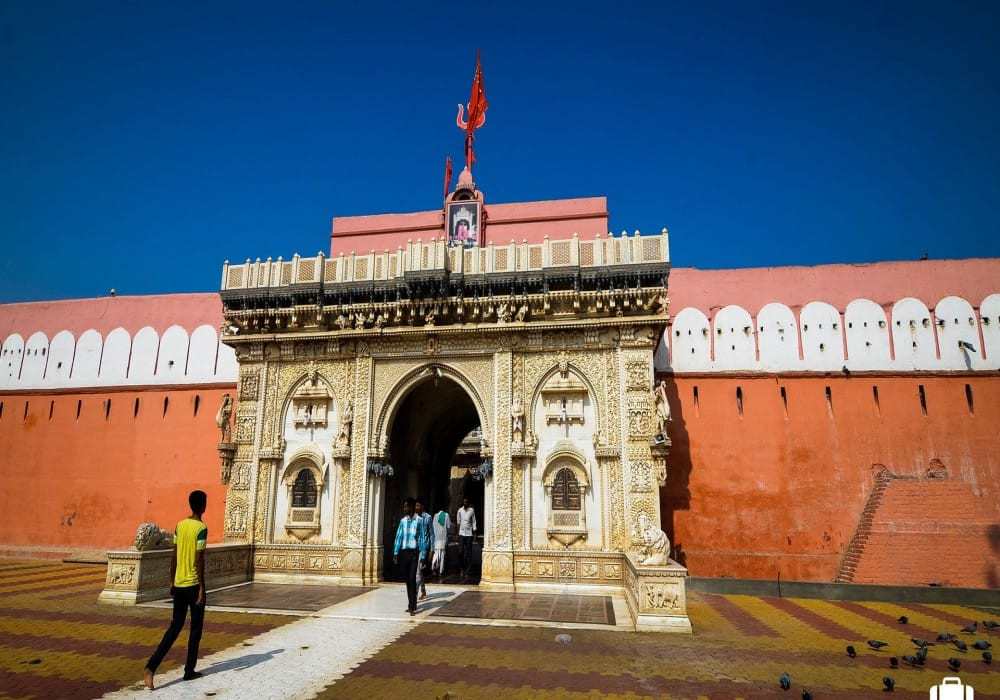
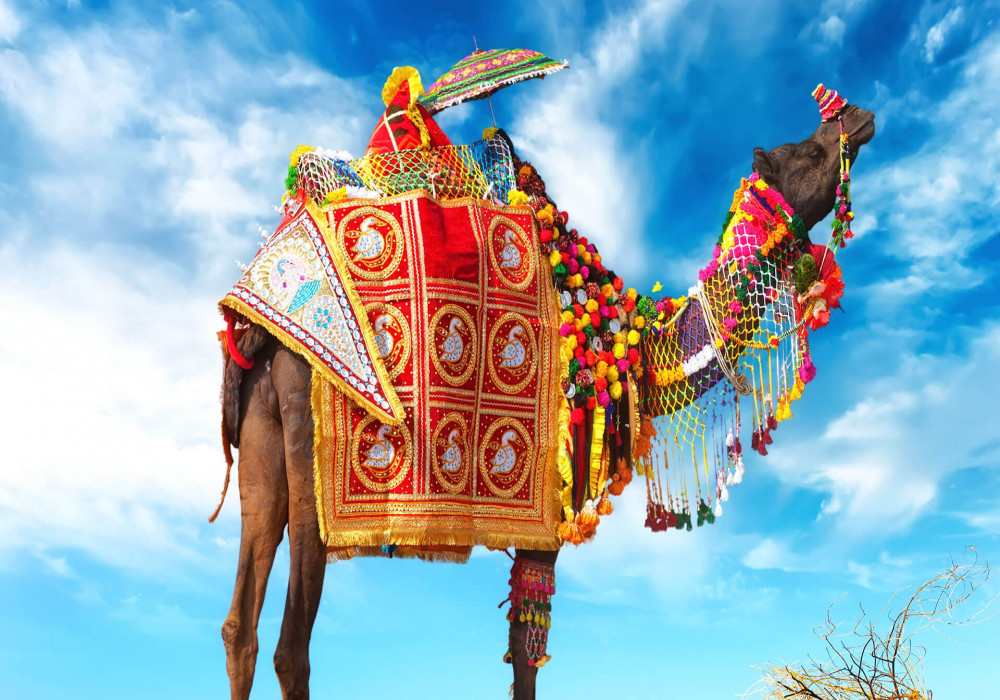
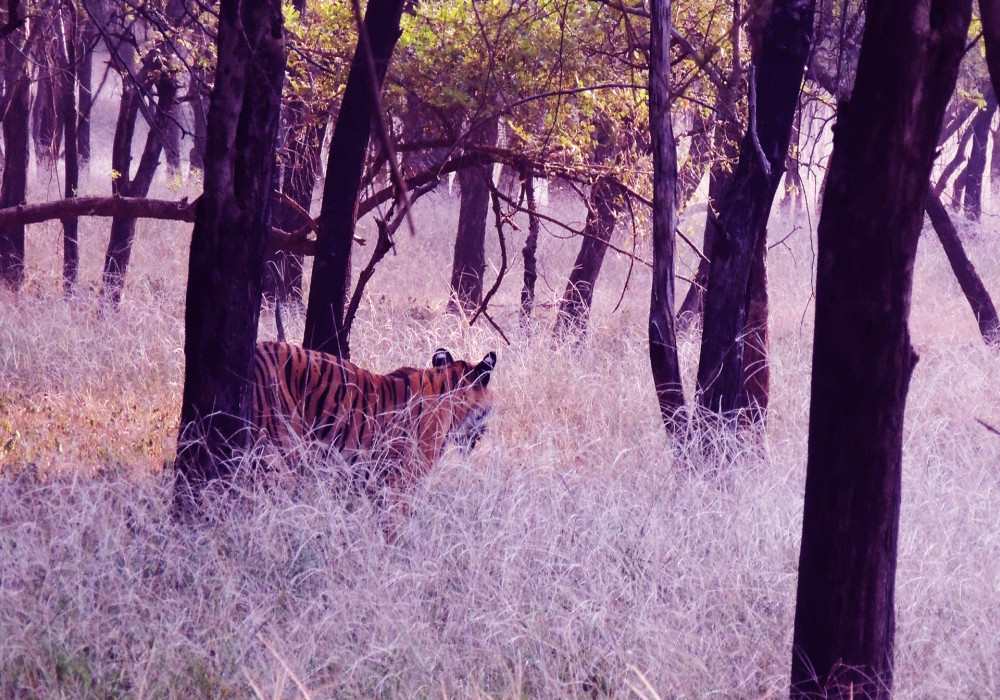
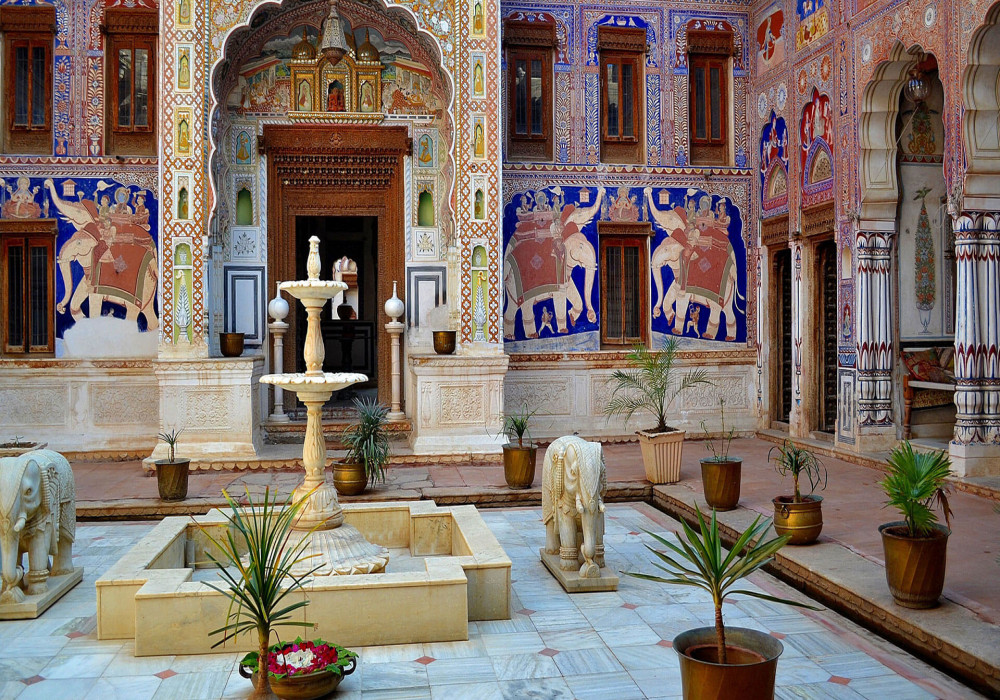

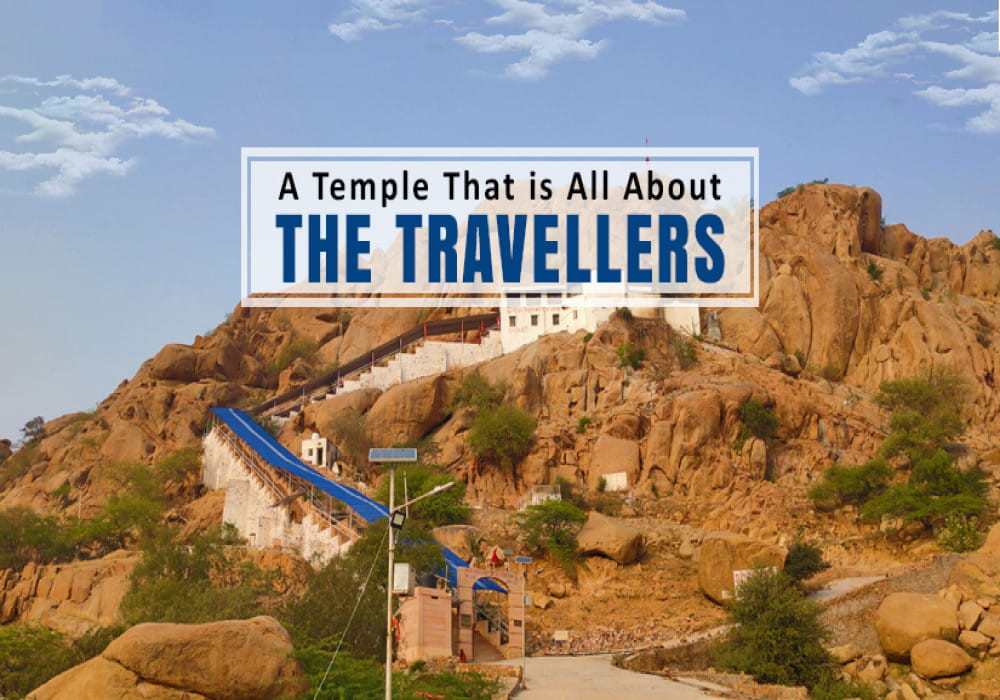

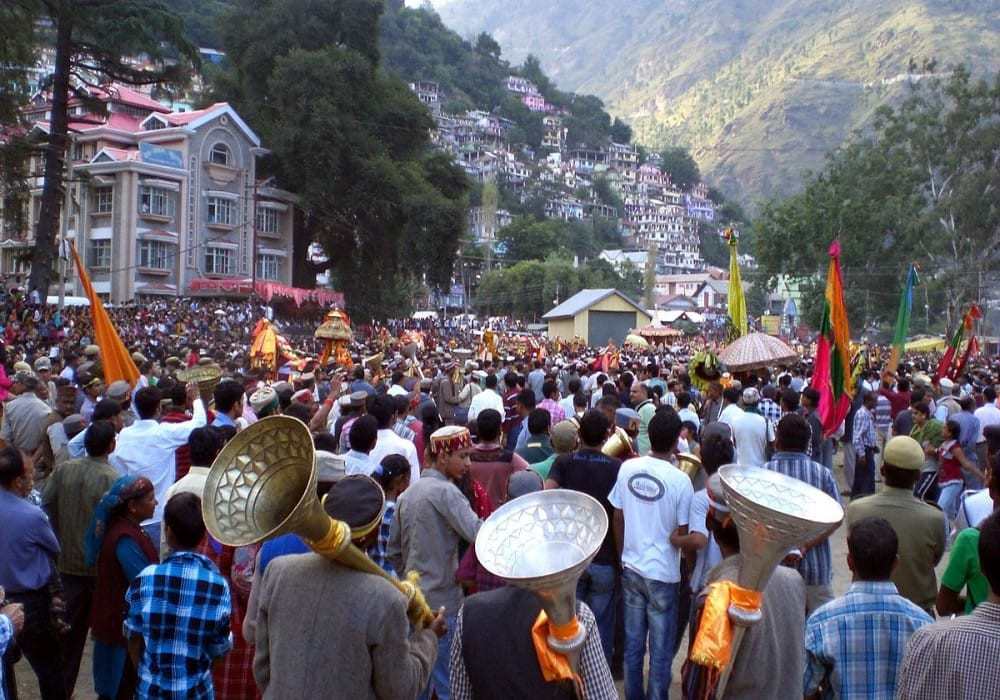


 Dubai
Dubai Malaysia
Malaysia USA
USA





